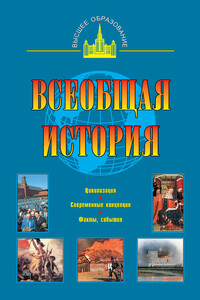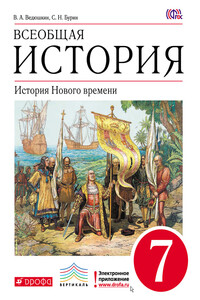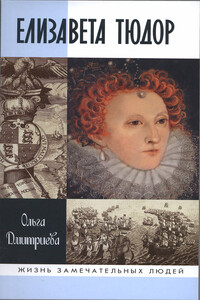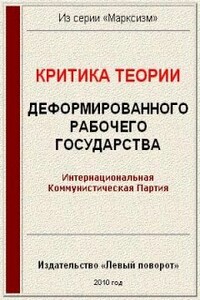В целом «ответ» дворянства на «вызов» новых людей оказался в XVI–XVII вв. достаточно убедительным. Во всех европейских странах дворянские ценности продолжали господствовать в обществе и привлекали в состав привилегированного сословия наиболее влиятельных и энергичных представителей торгово-предпринимательских кругов, чиновничества и т. д. Аноблирование официально включало их в состав дворянства и тем самым укрепляло его. Приток новых людей и средств с лихвой компенсировал упадок и физическое исчезновение древних родов. При этом новые дворяне, как правило, отказывались от прежних занятий, благодаря которым они и возвысились. «Измена буржуазии» была триумфом дворянства, которое, изменяясь, неизменно сохраняло свое лидирующее положение в обществе.
В то же самое время на востоке Европы феодальные отношения еще безраздельно господствовали, дворянство как сословие только оформлялось (причем в России к концу XVII в. этот процесс еще не завершился), дворянство сохраняло свою земельную основу, а военная или иная служба государю оставалась обязанностью дворянина. Показательно, что в России именно давность и характер службы великим князьям и царям были важнейшим фактором внутрисословной иерархии.
В целом, видимо, можно говорить о том, что в странах Восточной Европы дворянство пользовалось даже большим влиянием, чем в Западной. Несмотря на все трудности привилегированного сословия, XVI–XVII вв. всюду в Европе были эпохой дворянства.
This study examines the European nobility in the sixteenth and seventeenth centuries. The following problems were chosen for close investigation:
• Definition of nobility and noble status in judicial practice and in common opinion. Selfappraisal of nobility. Economic, political, ethnic, confessional and other factors in determining the limits of estate.
• Number and density of nobility, its dynamics. Regional differences. Countries and provinces with heightened percentage of nobility.
• Proofs of nobility and their evolution. Correlation of oral and written tradition. Significance of genealogy.
• Ennoblement, its ways and legal shaping, scales and rhythms. The loss of noble status, its causes and consequences. Inter-estate and intra-estate limits. Boundaries between nobility and clergy.
Facts collected and analyzed by the authors permit to make wide comparison of regional variants and to ascertain common features and peculiarities in the history of nobility in Western, Central and Eastern Europe.
All European nobilities experienced important and multilateral changes in the sixteenth and seventeenth centuries, but general trends, forms and results of these changes differed greatly in various countries and even provinces.
Everywhere in medieval Europe the nobility was distinguished among other estates by birth, by size and nature of landownership, by executing certain social functions and using certain privileges.
War function and birth were inseparably connected. Noble families traced their origin to famous warriors. On the other hand, birth was supposed to predestinate nobles to feats of arms. In many European countries this interrelation weakened in the sixteenth and seventeenth centuries for social and political reasons and also for military changes. The abandoning of military service by nobles provoked commoners to consider noble privileges unjust and to criticize nobles for uselessness.
At the same time main emphasis was transferring on nobility by birth. In spite of renaissance ideals that proclaimed superiority of personal merits over inheritance of ancestors, common opinion took the notion of nobility as hereditary status not dependent on the character of professional activities, but in the sixteenth and seventeenth centuries this notion didn't dominate entirely. Under the influence of this new notion of noble status the attitude to the entrepreneurial activities of nobility was changing. Being widespread in practice, it was blamed in the sixteenth century almost everywhere and sometimes supposed to be incompatible with noble status and even leading to its loss. But later, in the seventeenth and eighteenth centuries, such activity was often taken as «natural» for a nobleman.





